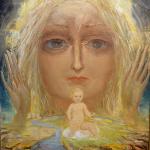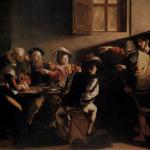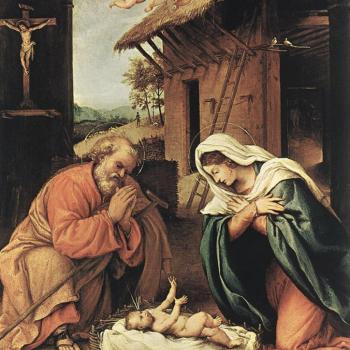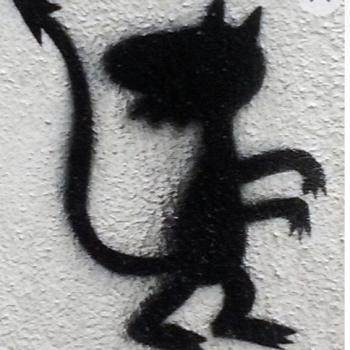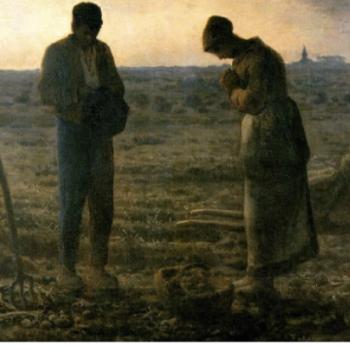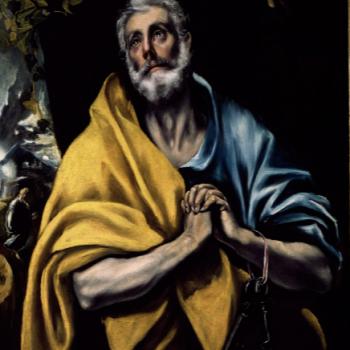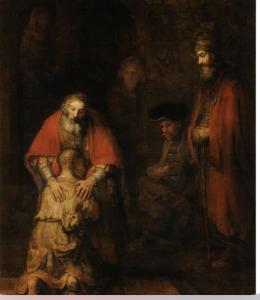
Analyzing Religious Art Series: A Deeper Exploration
In this series for An Exhibition Of Art History, I am going to be analyzing famous works of religious art. The focus will be on religious symbolism, the history of the piece, biblical history and reference and my personal interpretation of the piece. I hope you enjoy this series as it will take on a wide variety of artistic expressions and spiritual avenues. Each article will represent one piece to keep a clean and deep understanding of it’s history and message.
The Return of the Prodigal Son (Rembrandt): A Biblical Beginning
But he answered his father, “Behold, these many years I have served you, and I never disobeyed a commandment of yours, but you never gave me a goat, that I might celebrate with my friends. But when this, your son, came, who has devoured your living with prostitutes, you killed the fattened calf for him.”
—Luke 15:29–30, World English Bible
Rembrandt found himself inspired by the aforementioned parable. He felt a warmth from the good feelings it created, and made a series of pictures, etchings and paintings in 1636 on the biblical theme. This was the beginning of what would be a peerless and thoughtful masterwork. Rembrandt scholar Rosenberg (et al.) succinctly describes the painting:
“interprets the Christian idea of mercy with extraordinary solemnity, as though this were his spiritual testament to the world. [The painting] goes beyond the work of all other Baroque artists in the evocation of religious mood and human sympathy. The aged artist’s power of realism is not diminished, but increased by psychological insight and spiritual awareness … The observer is roused to a feeling of some extraordinary happening … The whole represents a symbol of homecoming, of the darkness of human existence illuminated by tenderness, of weary and sinful mankind taking refuge in the shelter of God’s mercy.”
When Jesus explains the story of The Parable of the Lost Son, the history of two sons sharing the wealth of a father’s estate is a familiar way to begin. The younger son departs in search of debauchery and vices, whereas the older son stays with his father to keep the estate in order.
The land was overwrought in famine and the younger son, having wasted his fortune on his own needs selfishly, goes to work on a farm. This venture turns to nothing but waste and he runs home in a state of starvation. The younger son, in a state of penance and servitude for his wanton and unrestrained sinful actions, plans to ask for forgiveness to his father and to be his hired servant. He believes that he is no longer worthy of being his father’s son.
His father greets his younger son with such warmth, love and grace that it seems there was no lapse in the time the younger son was gone. The father has a feast prepared and gives his son fine robes and jewelry. This creates an intense anger in the older son, as he has a righteous feeling that he did not spend his fortune in sin and vice and was doing right the entire time.
The father lovingly explores this frustration and anger, expressing the homecoming of a lost son. He places the deep point of how a son, once thought to be dead, is now here, and alive. This light, which is poignantly represented as a beam of luminous sun placed upon the father and youngest son figure in Rembrandt’s painting, creates a beautiful picture of family togetherness tied in with the everlasting grace of God’s forgiveness through Jesus Christ.
The intimacy of human connectivity is tied to biblical parables
Rembrandt Harmenszoon van Rijn created The Return of the Prodigal Son between 1661-1669 (oil on canvas), which is located in the Hermitage Museum, Saint Petersburg. The themes of the story and the painting are repentance, homecoming, forgiveness, grace, the darkness of human existence illuminated by tenderness, of weary and sinful mankind taking refuge in the shelter of God’s mercy and love.
The intimacy of the painting glows with tenderness and warmth. It invokes a deep sense of forgiveness, a force that draws the viewer inward and almost as though they are a part of the piece itself. The parable of the painting gives off a sense of urgency and directness. We sense the way the father softly and gently holds onto his son and cradles his head in a motherly fashion. The dual nature of the father/mother dynamic of the father is more clear as the “mother” figure is placed in a murky, shadowy background where it is unclear of her own identity and purpose. The older brother stands to the right, arms crossed, with a judgmental expression.
First and Last Impressions
Overall, I feel this piece is the best representation of the parable and history of the biblical passage for Luke 15:29–30. Other iterations are larger-scale and have other figures and symbols in detailed measure. Bartolomé Esteban Murillo(artist) Spanish, 1617 – 1682 created The Return of the Prodigal Son in 1667/1670. Bartolomé Esteban Murillo created his version in c.1667-1670 (oil on canvas painting) with a smoky palette of burnt umber, clay, and saffron.
These pieces have masterful techniques and shadows, expression and historical detail, however, I personally feel Rembrandt’s version captures the essence of God’s everlasting love for humanity and forgiveness. It is a beautiful and truly inspiring piece that I feel goes beyond humanity and faith. It is an enlightened and honest reflection of our relationship to the divine and the healing power of atonement and forgiveness.



